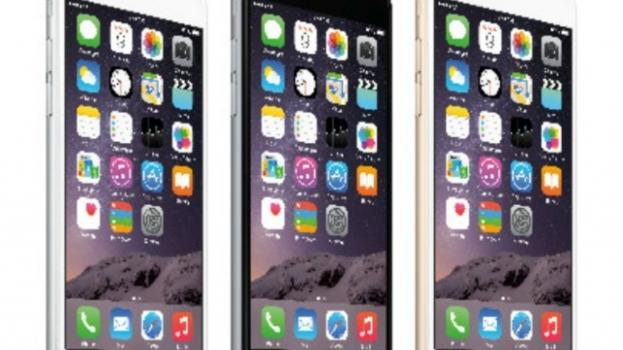It was called the "Jesus Phone" when Steve Jobs announced it, early January 2007, in San Francisco, because the iPhone was considered the saviour. It revolutionised the mobile market in ways not even Apple's founder might have anticipated. Released into the american market first, in June 2007, it became the number one smartphone in the world by April 2011.
The original model had a screen size of 3.5 inches and no 3G nor video capabilities, and Apple sold 6.1 million units in the first year. The latest models, iPhone 6 and iPhone 6 Plus, have 4.7 and 5.5 inches screens, respectively, 4G LTE and fingerprint scanners in the home button. They became the best-selling smartphones in the fourth quarter of 2014, with 74.5 million units sold. It was an internal record and ensured the company pulled ahead of worldwide leader Samsung.
The iOS operating system is currently in version 8.1.3, and it also serves the iPad tablet. Apple does not license its mobile OS to third parties, but it allows developers to built apps via the App Store, launched in 2008 an responsible for the debut of a new market.
In the days prior to its unveiling, by late Apple co-founder Steve Jobs, more than a dozen security guards were posted at the Moscone Center to ensure the complete secrecy of the product. Jobs had been working on the iPhone for several years and knew it was going to be big; it was. The multitouch screen form factor, the pinch to zoom feature, the completely new operating system iOS, and the smooth and clear navigation turned this device into a game-changer.
Soon enough, other all touchscreen phones appeared, and the appeal of the iPhone drove consumers away from the then leading brands, Nokia and BlackBerry. In February 2010, the first full touchscreen phones with rival operating system Android and similar interface emerge, prompting Steve Jobs to file lawsuits for patent infringement.
The iPhone lost the lead to Android's phones, and Samsung became number one by 2012. The reversal of the last quarter of 2014 was mainly due to the bigger screen form factor - something Steve Jobs didn't agree with - and its success in China, where 400 million smartphones were sold in the full year.


















